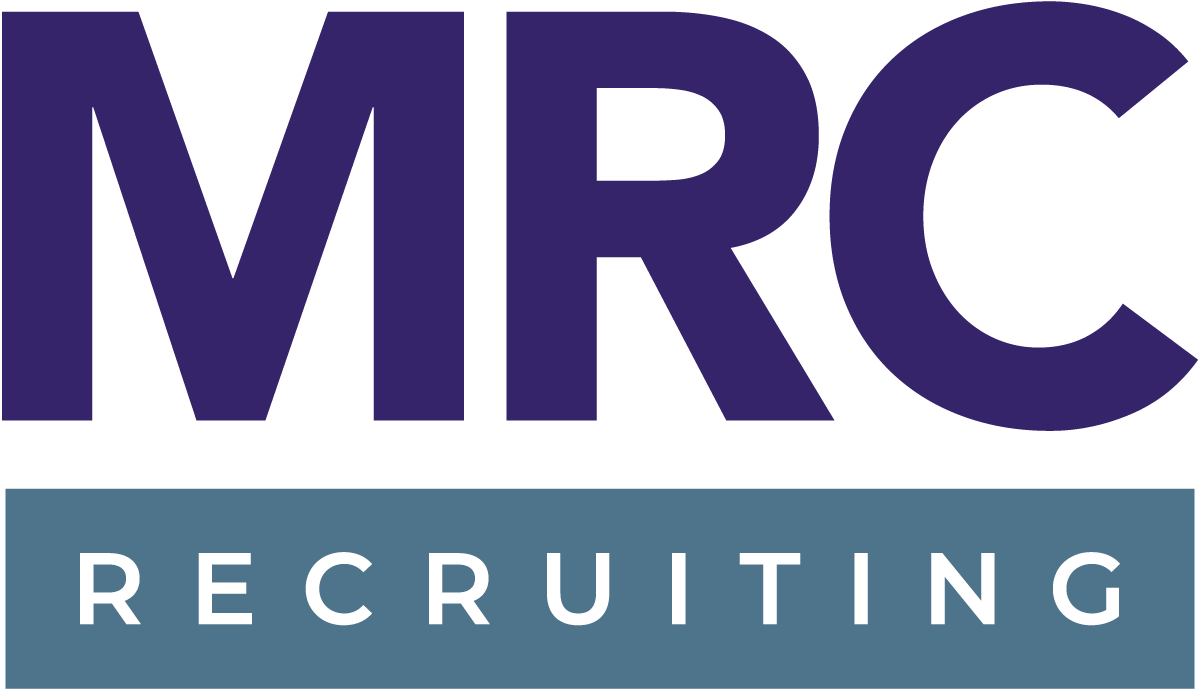The ability to focus is imperative in business and everyone has their own ways to nug down when they need to finish a report, slog through a P&L statement or find a solution to a particularly vexing issue.
Here are a few ways I’ve found to narrow my view and drill down to accomplish tasks. And for me, completing tasks large or small, fuels me to accomplish more.
There’s nothing as satisfying as crossing a to-do off my list.
Eliminate Distractions
I once read that growing up, Bill Gates’ mom called down to the family basement letting him know dinner was ready. After several attempts to get her son to come upstairs to eat, she shouted with exasperation, “What are you doing down there?!”
He yelled back, “I’m thinking!”
We don’t all get a secluded basement in which to do meaningful work, but eliminating your own distractions can be deceptively easy.
I turn off my email and project management software, set my phone to airplane mode and close my office door. I’ve even been known to put a sticky note on the door indicating I’m concentrating and to please come back later.
I’m distracted by shiny objects, too, but it’s easier than I thought once I started doing it. I found that while it trained my own brain, it also gave my staff an indication that a pop-in wasn’t welcome at the moment.
List Your Critical Tasks
Not everyone is a list maker, but if you’re a structured, left-brained individual, and many in the business world are, the visual of seeing what you need to accomplish that day is an excellent way to keep yourself accountable.
Making a daily, weekly, quarterly or annual task list can help you concentrate on items of importance. I keep daily and weekly task lists on my desk, but write bigger, long-term projects on a whiteboard. It’s close by and allows me to take a break from the minutiae of the day to think about the bigger rocks in my company’s strategic plan.
I’ll frequently finish a few small daily tasks, then take a couple minutes to ruinate about something related to a long-term MRC goal or read a staff update for that objective. Once I’ve done a bit of work there, I head back to my daily or weekly assignment list with a dopamine-high sense of accomplishment.
Limit Your Email
Remember what I said about eliminating your distractions? I know people who feel as though they have to get through their email before “starting their day”. Let’s be clear, email isn’t a dalliance that keeps you from your “real” work. Email is work. But as part of limiting your distractions, it’s important to also carve out time for it.
Set specific times of the day when you’ll read and respond to emails. It can be the two hours after lunch, the last hour of the day, or the first 15 minutes of each hour. Setting boundaries on what can easily become a time suck can help you stay focused on your to-do list of the day.
In the resource industry, this can be a little tougher because of the global nature of our business, but for routine company issues, staff will start understanding that their questions will be answered at the same time each day. That predictability creates stability.
Of course, if there are contingencies, there are a dozen other ways to get your attention, but carving out time each day for everyday work emails helps keep your time and attention where it can best help the company thrive.
Building focus in your brain is like building a muscle in your body. The more you work at it, the more routine it becomes.

